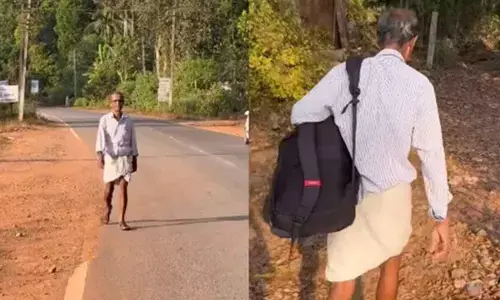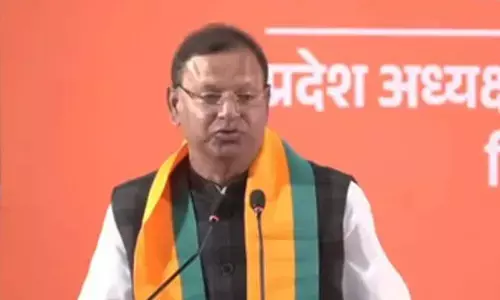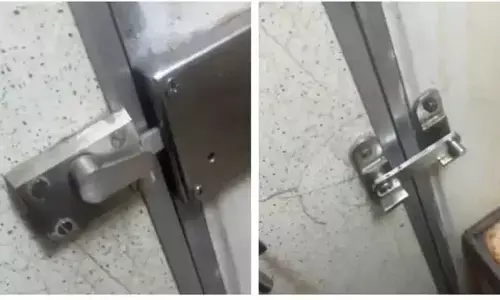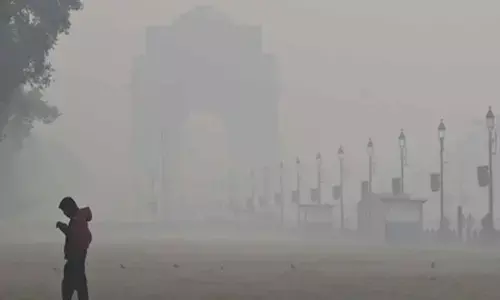New wound-healing ink repairs cuts with a 3D-printing pen
Share :

New wound-healing ink repairs cuts with a 3D-printing pen
Researchers have developed a wound-healing ink that can actively encourage the body to heal by exposing the cut to immune-system vesicles.
Beijing: Researchers have developed a wound-healing ink that can actively encourage the body to heal by exposing the cut to immune-system vesicles.
The ink can be spread into a cut of any shape using a 3D-printing pen, and in mice, the technology nearly completely repaired wounds in just 12 days, according to the study published in the journal ACS Applied Materials & Interfaces.
When the skin is cut or torn, the body's natural "construction crew" kicks in to fix it back up -- clearing out any bacterial invaders, regrowing broken blood vessels and eventually forming a scar. Many techniques used to heal wounds can't do much beyond helping the body do its job better.
Bandages or stitches are used to prevent further bleeding, while antibiotics work to prevent complications from infections.
But by adding members of the construction crew to a wound-healing treatment or bandage, it could actually accelerate the natural healing process. Specifically, white blood cells or the extracellular vesicles (EVs) secreted from them play important roles in promoting blood vessel formation and reducing inflammation during healing.
Dan Li, and other researchers from Nanjing University in China wanted to incorporate these EVs into a hydrogel-based wound healing ink that could be painted into cuts of any shape.
The team developed a system called PAINT, or "portable bioactive ink for tissue healing", using EVs secreted from macrophages combined with sodium alginate. These components were combined in a 3D-printing pen, where they mixed at the pen's tip and formed a sturdy gel at the site of injury within three minutes.
The EVs promoted blood vessel formation and reduced inflammatory markers in human epithelial cells, shifting them into the "proliferative," or growth, phase of healing. PAINT was also tested on injured mice, where it promoted collagen fibre formation.
Mice treated with PAINT had almost healed completely from a large wound after 12 days, compared to mice that didn't receive the treatment, who were not nearly as far along in the healing process at this time point.
This work could help heal a wide variety of cuts quickly and easily, without the need for complex procedures, the researchers said.















